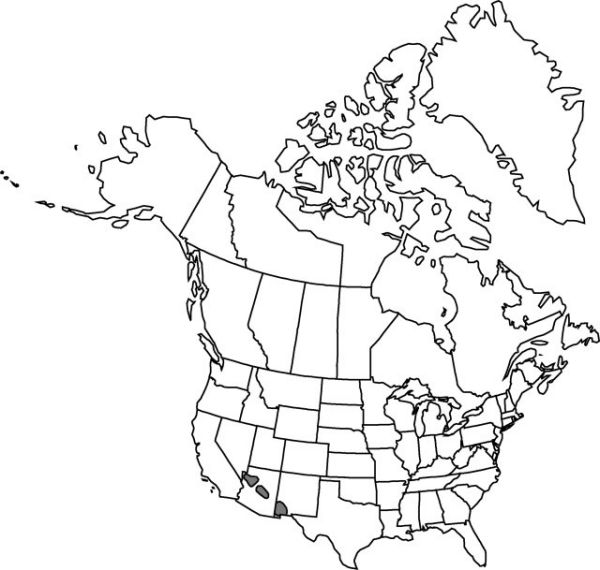Allium bigelovii
Botany (Fortieth Parallel), 487, plate 38, figs. 8, 9. 1871.
Bulbs usually solitary, not clustered on stout primary rhizome, ± globose, 1–1.5 × 1.2–1.5 cm; outer coats enclosing single bulb, dark brown, prominently reticulate, membranous, cells irregularly arranged, vertically elongate, rectangular to ± contorted, without fibers; inner coats white, cells obscure, quadrate. Leaves persistent, green at anthesis, 2, basally sheathing, sheaths not extending much above soil surface; blade solid, subterete to channeled, 16–21 cm × 2–4 mm, margins entire. Scape persistent, solitary, erect, solid, terete, 5–12 cm × 1–4 mm. Umbel persistent, erect, loose to ± compact, 10–25-flowered, hemispheric, bulbils unknown; spathe bracts persistent, 2, 2–11-veined, lance-ovate to ovate, ± equal, apex acute to acuminate. Flowers campanulate, (8–)10–14 mm; tepals erect, pink to reddish at tip and along midvein, otherwise white, lanceolate, ± equal, becoming papery and ± rigid in fruit, margins entire, apex acute; stamens included; anthers purple; pollen yellow; ovary crested; processes 6, prominent, flat, triangular, margins entire to coarsely toothed; style linear, equaling stamens; stigma capitate, scarcely thickened, obscurely 3-lobed; pedicel 10–15 mm. Seed coat shining; cells smooth. 2n = 14.
Phenology: Flowering late Mar–May.
Habitat: Open, rocky, gravelly slopes
Elevation: 500–1700 m
Discussion
Allium bigelovii is an anomalous species that does not appear to be closely related to any other from North America. With its prominent ovarian crests, a relationship with the group of species around A. fimbriatum, A. nevadense, and A. sanbornii is suggested. Allium bigelovii differs from this group, however, in having two leaves and a seed coat with smooth cells. In addition its bulb-coat reticulation is unlike that of any other North American species.
Selected References
None.
